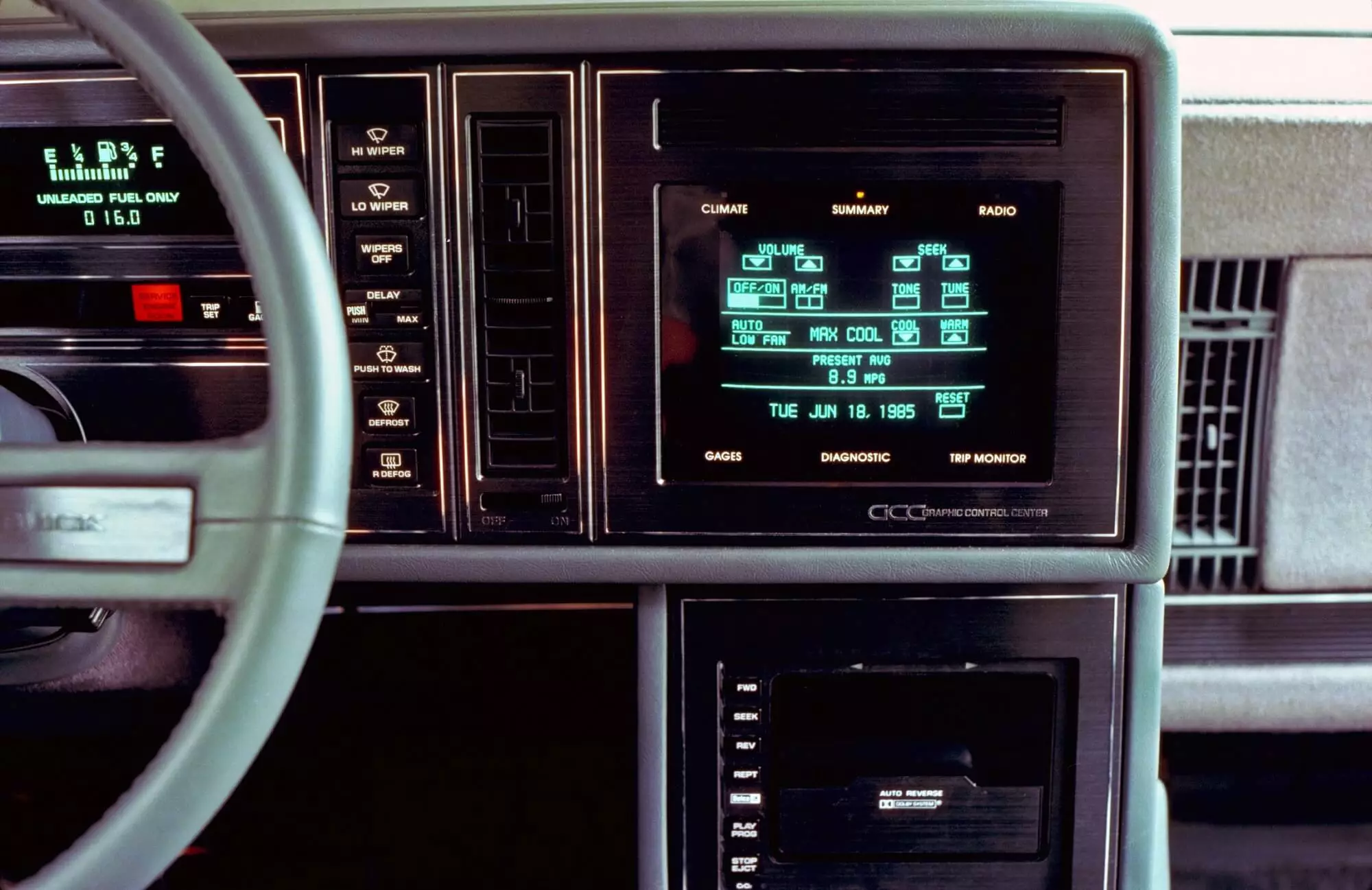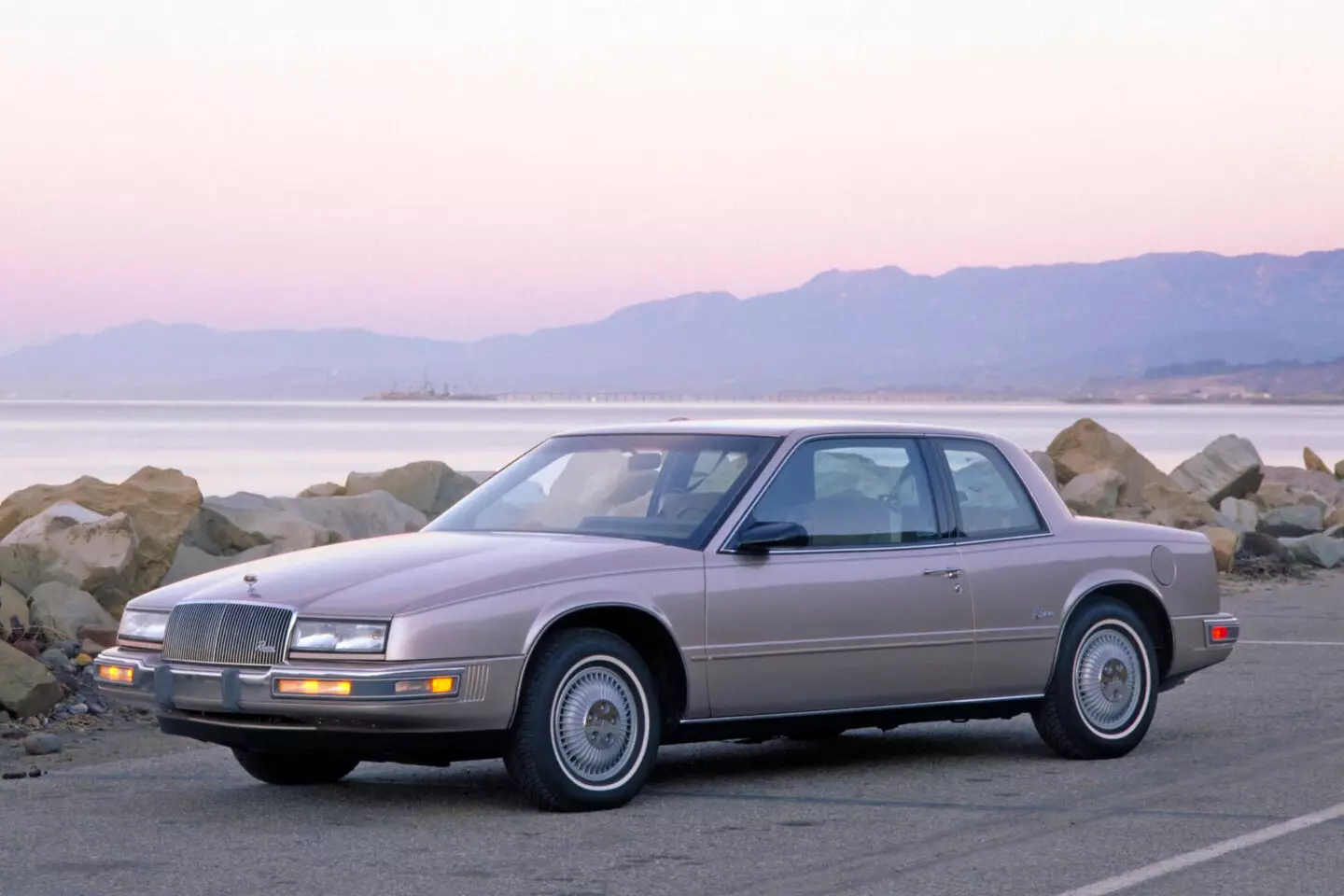In an era when arcades could still rival consoles and when the cell phone was little more than a mirage, the last thing you expected to find inside a car was a touchscreen. However, this was precisely one of the main points of interest of the Buick Riviera.
But how did a touchscreen end up on a car in the 1980s? It all started in November 1980 when Buick managers decided that in the middle of the decade they wanted to offer a model equipped with the best technology had to offer.
At the same time, at a Delco Systems plant in California, a touch-sensitive screen was being developed, specially designed for use in automobiles. Aware of Buick's intentions, Delco Systems presented in early 1981 a prototype of the system to executives at GM (the Buick owner) and the rest is history.

In 1983 the system specifications were defined; and in 1984 GM installed it in 100 Buick Rivieras that were shipped to the brand's dealers to hear public reactions to such an innovative technology.
A (very) complete system
The reactions, we assume, will have been positive. So positive that in 1986 the sixth generation of the Buick Riviera brought with it this technology that seemed straight out of a science fiction movie.
Named Graphic Control Center (GCC), the system that equipped the North American model had a small black screen with 5” green letters and used cathode ray technology. With a memory of 32 thousand words, it offered many of the functions that can be accessed on a modern touchscreen.
Air conditioning? It was controlled on that screen. Radio? Obviously that was where we chose the music we listened to. Onboard computer? It was also on that screen that we consulted it.

The Buick Riviera that had the touch screen.
The system was so advanced for the time that there was even a kind of “embryo” of the navigation system. It did not show us the way, but if we entered at the beginning of the trip the distance we were going to cover and the estimated travel time, the system would inform us along the way how much distance and time were left until we reached the destination.
In addition, a speeding alert and a complete set of displays were available to inform us of the car's condition. With a remarkable responsiveness (in some aspects, better than that of some current systems), that screen also had six shortcut keys, all to facilitate its use.
Far “ahead of its time”, this system was also adopted by the Buick Reatta (produced between 1988 and 1989) and even went through an evolution — the Visual Information Center — which was used by the Oldsmobile Toronado.
However, the public didn't seem totally convinced by this technology and that's why GM decided to abandon a system that, about 30 years later (and with the necessary evolutions), became “mandatory” in practically all automobiles.
